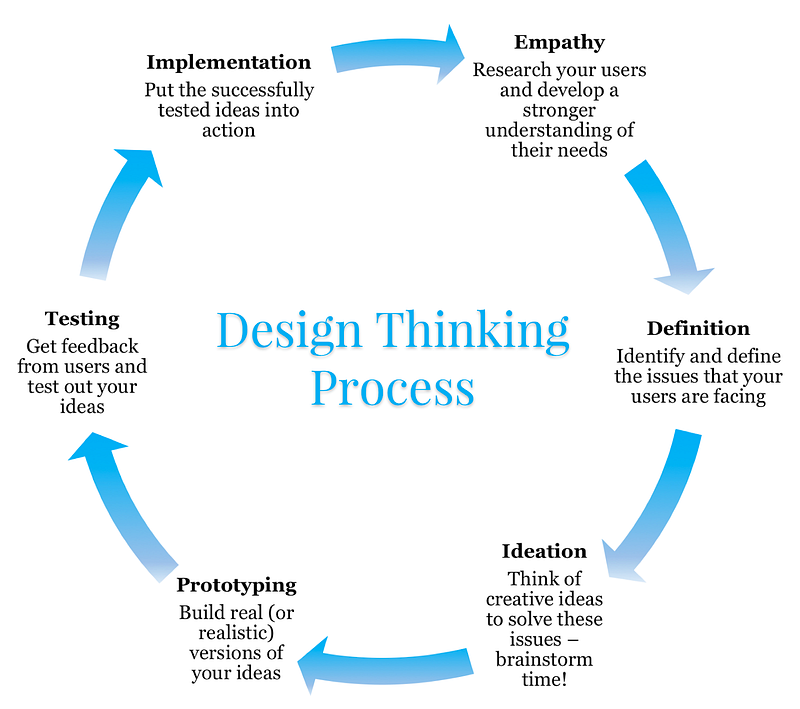Design Thinking 101: what SaaS companies can learn from design sprints
There’s been a lot of hype in the tech world around design thinking.
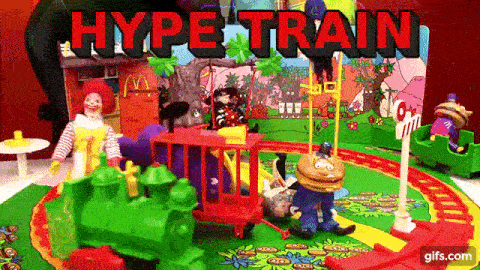
Maar wat is ontwerpdenken? En wat kunnen we ervan leren?
Beter nog, hoe kunnen SaaS-bedrijven het gebruiken en implementeren?
Let’s get started! 👇
Wat is design thinking nu precies?
In een notendop is design thinking een iteratieve en flexibele aanpak die zich richt op het beter begrijpen van gebruikers door middel van ontwerp en samenwerking.
It’s all about putting forward ideas that emphasize how your users think and behave.
Design thinking allows your team to explore real issues that real users want to solve. 🙌
En je kunt dit doen door middel van reeksen iteraties en prototypes die uiteindelijk updates van je product(en) opleveren waar je klanten blij van worden.
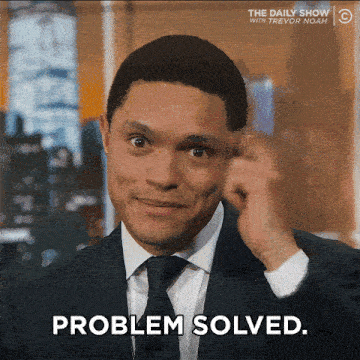
Dit proces stelt je bedrijf ook in staat om alternatieve oplossingen of strategieën te vinden die in eerste instantie misschien niet uit het oorspronkelijke ontwerp naar voren kwamen.
Zoals je misschien al hebt gemerkt, draait design thinking om de gebruikers, of klanten, van een product. Het is gebouwd met empathie in het achterhoofd.
Because, after all, some of the best products out there today are also some of the most human-centric products as well. 👫
Since it’s a collaborative process and is intended to be iterative, there is quite a bit of brainstorming, prototyping and testing involved.
What is the design thinking process?
With all of these different aspects of design thinking, it’s easy to get confused or get a little lost. 🙇
Maar houd er zeker rekening mee dat er verschillende manieren zijn om dit proces te labelen, en veel bronnen zullen verschillende namen hebben voor deze stappen, maar de uitvoering van elke stap is nog steeds intact.
Je kunt het proces in drie overkoepelende fasen zien: Begrijpen, Verkennen en Materialiseren.
So let’s break it down step by step.
Understanding the user
Empathie
First thing’s first: you need to better understand your users.
Empathy is a major part of design thinking — because it’s the key to thinking of human-centric solutions. 💛
Onderzoek, observeer en interview zelfs je gebruikers. Verplaats jezelf in hun schoenen.
Try to figure out what they want or some of the problems they’re trying to solve in their daily lives, what motivates them and how they experience your company — then try to figure out hoe uw bedrijf hun leven gemakkelijker maakt.

It’s important to put your own assumptions and biases aside and really try to gain insights into how your users think and feel.
And while the amount of time you should spend on this step greatly depends on your own time constraints, do your best to gather as much information possible before moving to the next step. ➡
Sprints in design thinking zijn het beste als ze in totaal ongeveer een week duren, hoewel sommige bedrijven de voorkeur geven aan sprints van twee weken.
Hoe meer informatie je verzamelt, hoe beter je je gebruikers en hun behoeften kunt begrijpen.
Definitie
Op basis van alle goede informatie die je in de eerste stap hebt verzameld, kun je nu beginnen met het identificeren en definiëren van de problemen die je wilt aanpakken voor je gebruikers.
Analyze and then synthesize these findings in order to get to the core of what your users want — this usually comes in the form of a human-centric problem statement.
These problem statements combine three elements — user, need, insight — and turn them into addressable questions to tackle. 🤔
Voorbeelden van probleemstellingen:
- Hoe kunnen we gebruikers sneller aan boord helpen?
- Hoe kunnen we onze klantenservice efficiënter maken?
- Hoe kunnen we onze how-to gidsen spannender maken?
Deze probleemstellingen maken het ideevormingsproces (onze volgende stap) veel duidelijker.
It also makes it easier to define the how rather than just the why — which helps you get to the heart of users’ needs.
Exploring possibilities for your users
Idee
Now that you’ve determined the things you want to tackle, this stage is where you start to come up with ideas. 😁
You now better understand your users thanks to the Empathy stage, and you’ve identified what you’d like to solve in the Definition stage, so now it’s time to figure out how you’re going to make it happen.
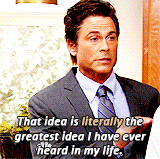
Er zijn veel manieren om deze stap uit te voeren, want er zijn methoden die variëren van Brainstorm tot Slechtst Mogelijke Idee tot SCAMPER.
Use what your team prefers, or what you feel will help you find the best solutions. It’s even better if you use a mix of methods during this step.
Gather as many ideas as possible in the beginning, then start to discuss and determine which ones you’d like to try out.
Prototyping
It’s now time to produce examples of your ideas!
Prototyping is the opportunity for your team to create stripped-down, inexpensive versions of the products/features you want to test. 💪
Dit stelt je team in staat om de oplossingen die ze in de vorige fase hebben bedacht op een meer tastbare manier te verkennen.

Eenmaal gemaakt, kunnen prototypes worden getest binnen het team of met een andere afdeling in het bedrijf om de best mogelijke oplossingen te bepalen die uit de eerste paar stappen van het proces naar voren zijn gekomen.
At this point, your team can determine whether each idea is accepted, rejected or improved and re-evaluated. ✅
Om naar de volgende fase te gaan, moet het team een beter idee hebben van de beperkingen en problemen van het product/de functie, zodat ze beter weten hoe daadwerkelijke gebruikers zich waarschijnlijk zullen voelen bij de uiteindelijke versie.
Materializing your ideas for users
Testen
Once the best ideas are determined from the prototyping phase, it’s time to test them!
Feedback van gebruikers verzamelen, monitor any changes in engagement or usage of your product/feature and try to determine how much this change has improved the experience of your users. 😍
It’s entirely possible that you will continue to make improvements as you start to get user feedback — the process is designed so that you can iterate and adapt as needed throughout.
Implementatie
Finally, once you’ve successfully tested your new product/feature, it’s time to officially implement it as a permanent addition to your company.

The things you address for your users during this process can always be revisited if another problem arises. It’s a cycle — so the quest for a better user experience can continue as much as you see fit.
What are we supposed to learn from this?
We’ve touched on the fact that design thinking uses empathy to better understand your users, but it also helps you reinforce the feedback loop.
By empowering your users to give more feedback and try out more new features or products, it makes them feel seen and listened to, and it makes for happier, more satisfied customers in the end. 🤗
How could this apply to SaaS?
Design thinking can be applied to a variety of industries and organizations — including within SaaS companies. 👍
Perhaps you’re feeling stuck on how to make your onboarding process more streamlined?
Or maybe there’s a particular new feature you aren’t sure how to implement?
Design thinking kan deze en nog veel meer problemen aanpakken.

Het stelt je bedrijf niet alleen in staat om meer vertrouwen te creëren tussen jou en je huidige gebruikers en meer geloofwaardigheid tussen jou en prospects, maar het helpt je bedrijf ook om een beetje buiten de gebaande paden te denken.
Once you remove yourself mentally (and emotionally) as an employee and really put yourself in the shoes of the user, you’re able to have a clearer vision of what needs to be improved or created in order to make your users have the best experience possible. 🤟
Bij het opbouwen van een bedrijf kan gebruikerservaring soms op de achtergrond raken.
There are so many other things to think about — administration, staffing, building the actual tech around the product, marketing, etc. so it can sometimes lead to a lack of empathy toward your users. 😓
Don’t do that.
Instead, think about the things your users are giving you feedback on (and if you aren’t collecting any type of feedback, get on that right now) and start to think about what you can do to tackle their issues.
Whether it’s offering clear, visual data or a navigation that makes sense, design is a crucial part of a product’s success — so make sure you’re giving them the best possible product, both in terms of tech and in terms of usability.
OK, I want to try this with my company. How do I get started?
There is a vast amount of knowledge and resources on design thinking available online — yes, surprising, I know. 😅
But really the first thing you should do to get started is to discuss with your team that you’d like to try this method and have everyone “buy into” design thinking.
That’s not to say that you’re trying to sell them snake oil or are asking them to join a cult, but it’s important for your team to be in the right mindset when trying to learn from users.
Design thinking sprints can take a lot of creative thinking and requires the ability to have an open mind — so it’s good to at least give them a head’s up about the purpose and process.
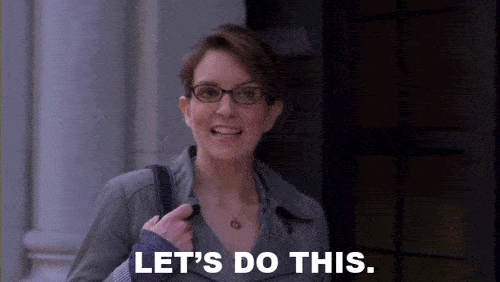
Een geweldige bron om jou en je team te helpen meer te leren over design thinking zelf is Stanford D.School: A Virtual Crash Course in Design Thinking, maar zoals gezegd, er zijn er heel veel.
If you’re interested in trying design sprints with your team, there’s an excellent Google Ventures page all about design sprints and some resources to help get you started as well.
Happy design thinking! 🤘
We hopen dat je deze post leuk vond. Als je het leuk vond, vertel het dan verder!
Voor meer nieuws over startups, groeimarketing en verkoop:
- 22+ Beste verkooppodcasts die je moet bekijken in 2024 - 21 december 2023
- Koude oproepscripts voor echte mensen - 21 september 2023
- De 25+ beste verkooptools om uw team te helpen succesvol te zijn - 10 augustus 2023

